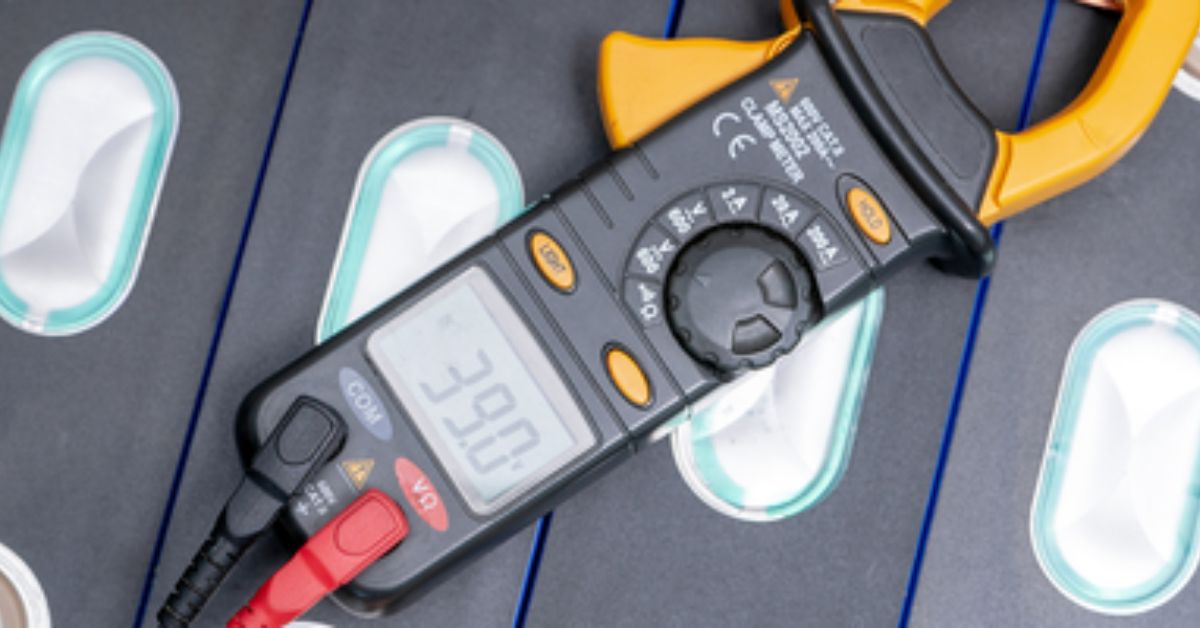Do you ever wonder what powers the devices you use every day, from your phone to your electric car? It’s all thanks to the advancements in energy storage solutions, but have you heard of the latest champion in the game? Move over traditional batteries, because Lithium Iron Phosphate (LiFePO4) is taking the world by storm!
With it’s impressive capacity, power potential, and long lifespan, LiFePO4 batteries are the future of energy storage. Plus, they’re sustainable, safe, and perfect for today’s conscious consumers.
So, let’s dive into everything you need to know about LiFePO4 batteries and why they’re the talk of the town.
What Is a LiFePO4 Battery?
LiFePO4 is an abbreviation for lithium iron phosphate battery, sometimes known as an LFP battery. You may believe that all the other lithium batteries are the same, however, this is not entirely correct.
LiFePO4 batteries have a longer lifespan, are exceptionally safe, require no maintenance, have superior charge efficiency, and improved discharge when compared to conventional lithium and lead acid batteries. They are not the cheapest lithium-ion battery option, but they are an excellent investment. There appears to be a very limited choice of lithium solutions available to the common man but rather women on the street. The most popular are constructed with:
- Oxide of lithium cobalt (LiCoO2)
- Oxide of lithium, nickel, cobalt, and aluminum (LiNiCoAlO2)
- Manganese Oxide (Lithium) (LiMn2O4)
- Oxide of lithium, nickel, manganese, and cobalt (LiNiMnCoO2 or NMC)
- Lithium-ion phosphate batteries (LiFePO4)
What Is the Difference Between a Standard Lithium-Ion Battery and A LifePO4 Battery?
Lithium batteries have a wide range of uses, ranging from wearable gadgets like watches to electric cars, power tools, and medical equipment. The LiFePO4 battery has a lower energy density when compared to other lithium-ion batteries. Because of this characteristic, it is inappropriate for small electrical gadgets but ideal for RVs, bass boats, golf carts, electric bikes, and solar energy systems even as a car battery Lifepo4 can be a good choice.
Following are some of their common differences:
Chemically Distinct Composition:
A lithium-ion battery’s cathode is often made of lithium manganese oxide or lithium cobalt dioxide. The cathode of a lithium iron phosphate (LiFePO4) battery is lithium iron phosphate. One thing to keep in mind about the chemical composition is that lithium iron phosphate is a harmless compound, whereas LiCoO2 is harmful in nature. Because of this, consumers and producers are concerned about their disposal.
Different Life Cycles:
With phosphate chemistry, you may expect a significantly longer life cycle. Both batteries have a rather long lifespan. Lithium iron batteries, on the other hand, are more stable when overcharged or short-circuited, making them last longer.
Relatively Modern Technology:
Lithium iron phosphate batteries employ newer technology than lithium-ion batteries. It is far more chemically and thermally stable. Even if you handle it wrong, it is less likely to catch fire than a lithium-ion battery.
What Are LifePO4 Advantages Over Other Types of Batteries?
Lithium iron phosphate batteries (LiFePO4) offer several benefits over other lithium-ion battery technologies and older lead-acid (LA) batteries. They are lighter, need no maintenance, have superior charge, and discharge characteristics, and have a significantly longer life, giving them one of the best-value electric propulsion alternatives. Other important advantages of LiFePO4 include its high current rating, longer cycle life, low leak, and fire danger, and endurance to semi-charging and discharging cycles.
Following are some key benefits of LiFePO4 battery:
Improved Performance from The Start:
Lithium iron phosphate batteries (LiFePO4) are the best starting point for electric recreational vehicles due to their long life, modest self-discharge rates, low weight, and large battery capacity.
High Efficiency:
What makes LiFePO4 batteries so effective? In a like-for-like comparison with comparable lithium-ion or lead acid batteries, lithium iron phosphate (LiFePO4) provides a superior combination of features.
LiFePO4 battery designs feature enhanced discharge and charge efficiency and the capability to deep cycle while retaining performance, which LA chemistries and other lithium battery designs do not have.
Faster Recharging:
LiFePO4 batteries charge faster than lead acid or other lithium batteries. LiFePO4 units typically possess four percent energy density and charge times faster than lead acid batteries. A LiFePO4 battery has a cycle life that is up to five times that of certain lithium-ion batteries, typically exceeding 5000 cycles without a notable loss in performance.
LiFePO4 batteries may also be discharged to 100% DOD (depth of discharge) without sustaining any harm or performance degradation.
Lightweight:
It provides around 50% more usable electrical capacity while weighing up to 70% less than lead-acid batteries. LiFePO4 batteries are also lighter than certain lithium-ion batteries, weighing around half as much as lithium manganese oxide (LMO) batteries. Because of LiFePO4’s greater power-to-weight ratio, smaller battery packs, and less wasted space.
Environmentally Friendly:
LiFePO4 batteries, unlike lithium batteries and lead acid batteries, do not include hazardous, heavy, or rare earth elements such as cobalt, nickel, or lead. LiFePO4 is made up of common elements such as graphite, iron, and copper. These materials are less expensive to get, more plentiful, and consume less time to mine and manufacture, making them a more environmentally friendly option. Lithium iron phosphate batteries are not only greener to manufacture, but they also pose a significantly reduced environmental risk over the course of their working life as compared to conventional lithium batteries. Phosphate salts, which are used in LFP batteries, are significantly less soluble than metal oxides, which are used in conventional lithium batteries. This reduces the likelihood of LiFePO4 units leaching chemicals into the environment, even if the battery is incorrectly dumped.
The same cannot be stated with LA batteries, whose structure can deteriorate over time, resulting in toxic chemical leaks. Unlike some other battery chemistries, LiFePO4 rechargeable batteries are also simple to recycle when they reach the end of their useful life.
Safety:
Since lithium iron phosphate batteries have a lower energy density than lithium-ion batteries, a LiFePO4 battery must be bigger to hold the same amount of energy. However, the chemistry is substantially more stable at high temperatures as a trade-off for space. Even when handled wrongly, lithium iron phosphate batteries are practically non-combustible. Because lithium iron phosphate batteries are less hazardous, the chances of allergic responses, accidental poisoning, and other medical problems are reduced.
Temperature Resilient:
Some lithium-ion batteries fail to function outside of their ideal temperature range, which is typically between 10°C and 55°C. LA batteries are more temperature resistant and can normally function between -40°C and 120°C, although their electrical performance suffers significantly between the low and high ends of the temperature range.
Longer Life Span:
The cycle life of a long-life lead-acid battery is around 300 times, and the maximum is 500 times. The lithium iron phosphate battery has a life span of more than 2000 times and may be charged up to 2000 times using the usual charge (5-hour rate). The theoretical life of the same grade lead-acid battery is “new half-year, old half-year, upkeep, and maintenance for half a year,” up to 11.5 years, while the lifepo4 batteries are used the same under the conditions, the theoretical life will reach 78.5 years. When all factors are considered, the performance-to-price ratio is potentially more than four times that of lead-acid batteries. With high current 2C, high-current discharge may be swiftly charged and discharged.
The battery can be completely charged in 1.5 minutes with the special charger and the starting current can reach 2C, while the lead-acid battery does not have this capability.
Batteries and battery power have become essential components of our daily lives, yet they come at a human and environmental cost.
They are commonly utilized in smartphones and computers, as well as the heart of electric cars and other devices. Furthermore, they assist to power the world’s electric systems because renewable energy sources such as solar and wind energy cannot offer electricity 24 hours a day, seven days a week. Nonetheless, for solar panels, boats, or even for car batteries, LiFePO4 batteries are a step in the right direction, and we should use them wherever possible.
Read More: Top Super B Lithium Batteries For Industrial Applications


